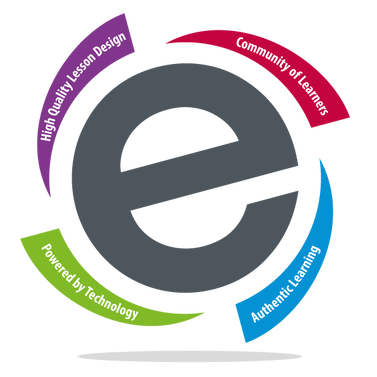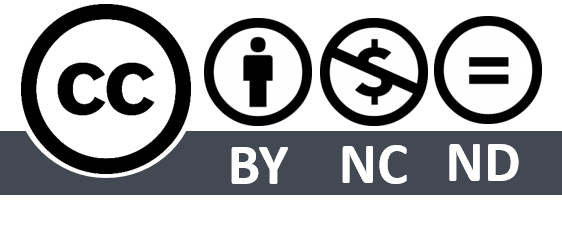Journey Summary
This session leads you through an exploration of the topic of information literacy and becoming an information problem-solver. Information literacy is a set of 21st-century skills learners must develop to effectively locate and use information from a variety of sources, both online and offline. By the end of this session, you will develop a system to curate information that is important to educators as well as students and think through how to pass those practices on to your learners.
Curriculum-framing Questions
Essential Question
- What is the power of information?
Unit Questions
- How can we efficiently find and organize information in this digital age?
Content Questions
- What is digital information fluency?
- What are information literacy skills?
- What are effective search strategies and tools?
- What tools can be used to bookmark or curate digital resources?
- Which skills should learners use to effectively and efficiently locate and organize information?
- How will students access age-appropriate websites that meet diverse learner needs?
- What strategies can be used to teach information-literacy skills to students?

Introduction
The Internet provides an abundance of information to both teachers and students. It serves as a fantastic resource for education, but it does present challenges, such as finding relevant information and validating the accuracy and completeness of the information. Information literacy encompasses a set of skills learners must develop to effectively locate, evaluate, and use information from a variety of sources, both online and offline.
Theory Behind Practice
All eMINTS materials are grounded in research-based best practices in K-12 education.
Digging Deeper
Agenda
- Opener: Quantity vs. Quality
- Moving Towards Fluency
- Solving the Information Problem
- From Collector to Curator
- Nurturing Information Literacy
- Closer: Quote Connections

Classroom Visit w/Students
Your facilitator will observe a classroom lesson that involves students using internet resources. Afterward, reflect on how the lesson went by discussing the following:
- During the lesson planning, how did you arrive at the decisions you made?
- Which techniques did you use to locate appropriate resources to meet the diverse learner needs of your students?
- If students conducted searches on their own, what skills were emphasized?
- What challenges and successes have occurred since students began applying these skills?
Classroom Visit w/out Students
With your facilitator, discuss how you have used internet resources in the classroom.
- What decisions were made while planning the lesson?
- Which techniques and skills were taught to students?
- What challenges and successes have occurred since students began applying the skills they have learned?
Agenda
During the Session
- Opener: Quantity vs. Quality
- Moving Towards Fluency
- Solving the Information Problem
After the Session
- From Collector to Curator
- Nurturing Information Literacy
- Closer: Quote Connections

Classroom Visit w/Students
Your facilitator will observe a classroom lesson that involves students using internet resources. Afterward, reflect on how the lesson went by discussing the following:
- During the lesson planning, how did you arrive at the decisions you made?
- Which techniques did you use to locate appropriate resources to meet the diverse learner needs of your students?
- If students conducted searches on their own, what skills were emphasized?
- What challenges and successes have occurred since students began applying these skills?
Classroom Visit w/out Students
With your facilitator, discuss how you have used internet resources in the classroom.
- What decisions were made while planning the lesson?
- Which techniques and skills were taught to students?
- What challenges and successes have occurred since students began applying the skills they have learned?
This module is designed as a “flipped” learning experience. You will complete work both inside and outside of the face-to-face session providing you with the flexibility to learn on your own time and then bring your newfound knowledge to the training session. You can expect to spend about 140 minutes on activities to be completed independently after the session.
Find out more about Flipped Classrooms and what it looks like in K-12 Classrooms.

 Images Courtesy of
Images Courtesy of